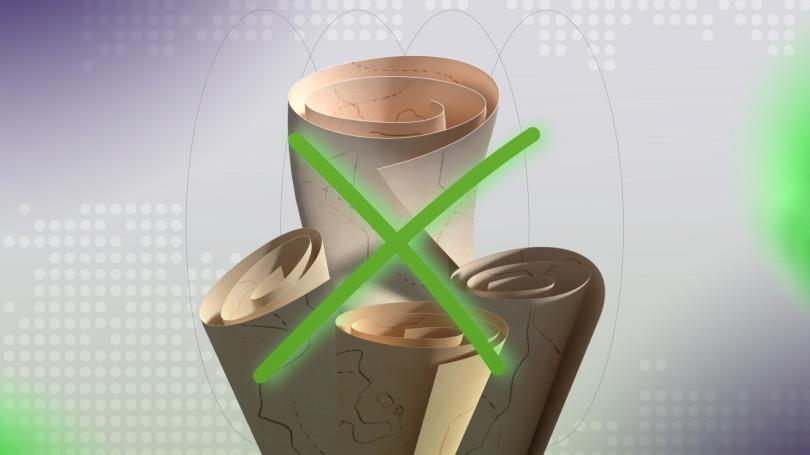Far from just being an everyday navigation aid, GNSS has become deeply integrated with myriad value-added services across industries as diverse as agriculture, construction, and mining. As a vital enabler of the fourth and fifth industrial revolutions, the downstream market for GNSS is growing rapidly, with revenue from added-value services expected to double over the next eight years. For organisations specialising in the development and manufacturing of products and services in the space, the opportunities are great – but so too is the competition.
GNSS is often an enabler – or an integral part – of the final product. Computed positions often need to be paired with other services to give the product the desired functionality. For example, a drone delivery service not only requires precise positioning, but also other elements such as layered maps and predictions concerning the availability of navigation and correction services. In these cases, GNSS must be augmented with additional data sources providing corrections information.
Although adding basic GNSS functionality to a software application is relatively simple via an API, GNSS signals alone aren’t enough to provide reliable and accurate solutions for new and emerging use cases like those found in surveying and unmanned aerial vehicles (UAVs). In these use cases, which demand extremely high accuracy and availability, GNSS often needs to be integrated with other sensors, data sources, and software components to create end-to-end solutions that meet the specific needs of each domain.
This is where the value of integrated systems comes in. These include solutions that enhance the performance, functionality, and usability of raw GNSS data by combining it with other technologies.
Seeds of precision: Harnessing GNSS in agriculture
Facing global food insecurity and increasing environmental awareness, the farming sector is long overdue a digital transformation. Key challenges include the need to increase crop yields, manage resources more effectively, and reduce environmental impact. By empowering precision agriculture and scalable automation, GNSS value-added services have emerged as a cornerstone in those endeavours.
Variable rate application (VRA) systems are just one of agricultural innovations where GNSS plays a pivotal role. These systems adjust the application of fertilisers, pesticides, and water in real-time by responding to dynamic conditions in soil, weather patterns, and stages of crop growth. That way, every part of the field can receive customised treatment based on specific needs and environmental factors.
Various IOT sensors located across the farming land generate valuable data including pH level, humidity, or levels of nitrogen. These measurements are aggregated on a server and used to optimize land care.
Powering these innovative solutions are integrated systems that combine GNSS with real-time data on crop health, yield forecasts, and potential threats. Agricultural drones and other autonomous agricultural vehicles depend on these integrated technologies to ensure all actions are timely, targeted, and highly effective.
Speed and safety: The dual benefits of GNSS in transport
The adoption of GNSS value-added services in the transport and logistics sector is leading the way in terms of raw revenue, accounting for 55% of the entire market. Among the biggest priorities for the industry are improving road safety and reducing environmental impact. Roads, skies, and waterways are becoming smarter, safer, and more connected as a result, heralding a new era of intelligent transit.
GNSS is a vital technology for providing absolute position. Alone, however, GNSS does not provide sufficient accuracy and trust in the computed position. It also needs additional integrity information. Accuracy might be enhanced by integrating corrections data and using RTK to compute the exact position. Integrity can be further improved by incorporating information from external systems.
High-definition maps are another key component. These enable the vehicle to see around the corner. These maps are highly detailed and accurate 3D representations of the environment, providing centimetre-level precision through the use of multiple data layers, such as geometry of the roads, semantics, and priority or real time information about the area.
Another development is the combination of GNSS and wireless technologies, which enables vehicle-to-everything (V2X) communication. V2X is about seamless data exchange between vehicles and other entities on the road, such as other vehicles, pedestrians, and infrastructure.
Many of the above-mentioned solutions require centralised servers to aggregate, compute and re-distribute data. Custom software solutions can help manage and operate such systems reliably, granting them a pivotal role in the integrated future of GNSS value-added services.
Does your business provide GNSS value-added services to clients? Let us help you by crafting tailor-made software that will transform your concept into an innovative digital solution. Get in touch today to find out more.


